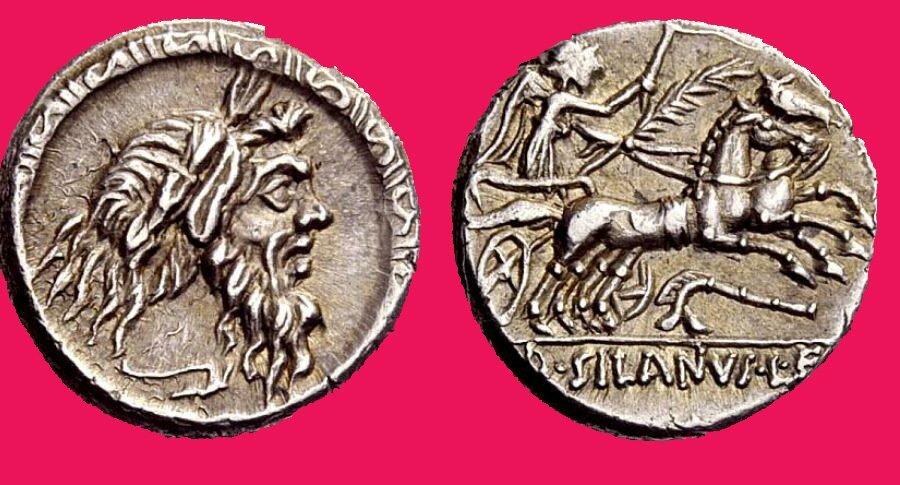A fresh analysis of ancient Roman currencies has shed new light on the financial crisis 2,000 years ago that was briefly mentioned by Roman statesman and writer Marcus Tullius Cicero in his essay on moral leadership, De Officiis.
“Historians have long debated what the statesman and scholar meant when he wrote ‘the coinage was being tossed around’, so that no one was able to know what he had, and we believe we have now solved this puzzle,” says Kevin Butcher, an archaeologist at the University of Warwick in the UK.
Analysis of the currency by researchers has revealed that by 86BC, coins that had been pure silver in 90BC had been adulterated with up to 10 % copper, a significant reduction in value over only five years. Romans had been used to an extremely fine silver coinage before this happened.
The research, part of an ongoing 5-year project Rome and the Coinages of the Mediterranean 200 BCE – 64 CE, analyses the composition of ancient coins in these regions, cross-referencing findings with the historical record.
Scientists used a minimally invasive sampling technique to analyse samples from the ancient coins, revealing a significant decline in the value of the denarius.
They found that it went from being a pure silver coin, first dropping to under 95 % fine, and then it fell again to 90 %, with some coins as low as 86 %, suggesting a severe currency crisis.
In the years after 91BC, the Roman state was fighting the Social War with their Italian neighbours and was in danger of becoming bankrupt. The Italian allies wanted Roman citizenship — for both the status and the influence that came with it — and the right to vote in Roman elections and on laws.
However, the Romans opposed their demands and refused to grant them citizenship, leading to a devastating war and a four-year revolt against Roman rule. By the conclusion of the conflict in 89BC there was already a serious debt crisis.
By 86 BC, scientists say there may have been a crisis of confidence in the currency, but they aren’t clear exactly how ancient Romans attempted to resolve the issue.
“Cicero’s choice of words is too obscure for historians to determine exactly what was going on. His purpose in writing about it wasn’t to illuminate monetary history; he was just using the incident as an illustration of a Roman magistrate behaving badly by taking credit for the work of others,” Dr Butcher said.
The new analysis suggests the financial difficulties experienced by Rome in these years led to a relaxation of standards at the mint in 90 BC, with the result that the silver content of the coinage declined in two stages.
By 87 BC, the coinage was deliberately alloyed with 5 to 10 % copper, researchers say.
“This could be the meaning of Cicero’s words: that the value of the coinage was ‘tossed about’ because nobody could be certain whether the denarii they had were pure or not,” Dr Butcher said.
In the following decades, researchers say the Romans avoided debasing the denarius again until the state once again faced huge expenses during the civil war between Pompey and Julius Caesar.
“This could be the meaning of Cicero’s words: that the value of the coinage was ‘tossed about’ because nobody could be certain whether the denarii they had were pure or not,” Dr Butcher said.
In the following decades, researchers say the Romans avoided debasing the denarius again until the state once again faced huge expenses during the civil war between Pompey and Julius Caesar.
Source:
https://warwick.ac.uk/newsandevents/pressreleases/research_team_sheds

